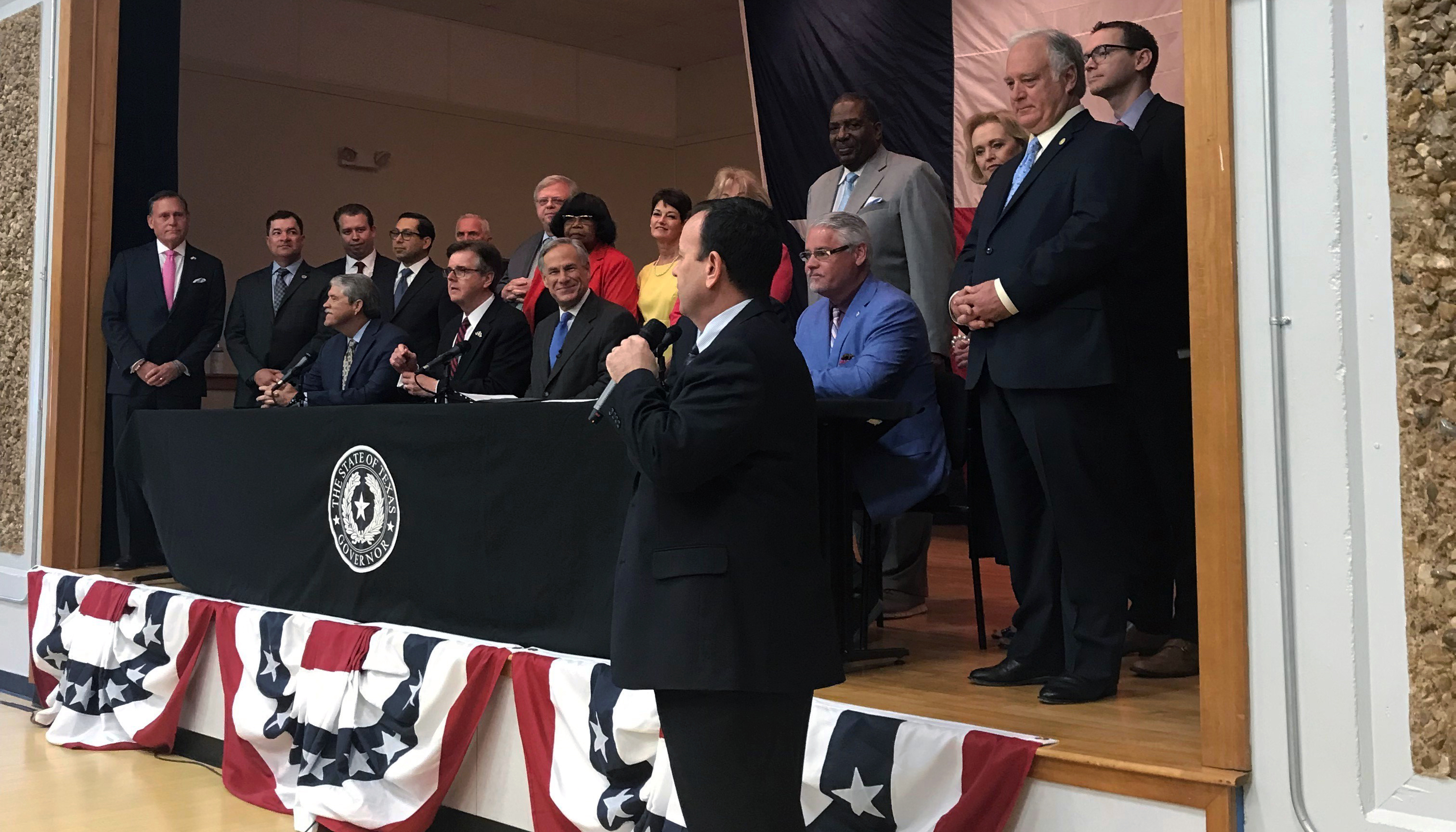The United States Supreme Court issued a big decision on Wednesday. The high court clarified what FAPE means and how courts should apply the FAPE requirement.
The decision in Endrew F by Joseph F v. Douglas County School District RE-1, # 15-827, 580 U.S. (2017) vacates and remands a previous decision by the Tenth Circuit.
This was a unanimous decision, the second special education unanimous decision by the Supreme Court this year. Although this opinion clarifies how courts should apply the FAPE standard, the court’s decision does not overrule the seminal Rowley decision. Instead, it clarifies Rowley and explains how courts have not been correctly interpreting the decision.
[rescue_box color=”blue” text_align=”left” width=”100%” float=”none”](*)Original article published by Jim Gerl, http://specialeducationlawblog.blogspot.com/[/rescue_box]
General analysis
The new gold standard for FAPE is: to meet its obligations under IDEA, a school district must offer an IEP reasonably calculated to enable a child to make progress in light of the child’s circumstances. The court described this standard is a fact-intensive exercise. The question is what is reasonable not what is ideal.
The Supreme Court said today that the Rowley decision sheds light on what appropriate progress will look like in many cases- where a child is fully integrated in regular education classes that the IEP must be reasonably calculated to make progress and to make passing marks and advance from grade to grade. The court noted that the facts of Rowley fit this analysis. In footnote # 2, the court reiterated the language in Rowley that it was specifically declining to hold that every child advancing from grade to grade is automatically receiving FAPE. The Court also noted that the fact that the new standard is not a bright line is not in any way a suggestion that a court substitute its own notion of sound educational policy for that of professional educators.
But where a child is not fully integrated in regular education classes, the IEP need not aim for grade level advancement. Instead, the IEP must be appropriately ambitious in light of the child’s circumstances. The goals may differ, but every child should have the chance to meet challenging objectives.
The clarification, according to the Court, is a standard not a formula- but in any event it is “…markedly more demanding than the ‘merely more than de Minimis’ (minimal things) test applied by the Tenth Circuit. It cannot be the case that the Act typically aims for grade level advancement for children with disabilities who can be educated in the regular classroom, but is satisfied with barely more than de Minimis progress for those who cannot.”
The Supreme Court decision also flatly rejected the parent’s argument that FAPE requires opportunities to achieve academic success, attain self-sufficiency, and contribute to society that are substantially equal to the opportunities afforded children without disabilities. The court here noted that Congress has reauthorized IDEA a number of times without overruling the Rowley decision which had rejected a similar potential-maximizing FAPE standard, so it would not adopt the parent’s proposed FAPE standard.
The court stated: “We will not attempt to elaborate on what “appropriate” progress will look like from case to case. It is in the nature of the Act and the standard we adopt to resist such an effort: The adequacy of a given IEP turns on the unique circumstances of the child for whom it was created.”
For more information, you can read the entire supreme court decision here.
(*) This articles was edited by PRN to fit its many formats specifications and reader’s needs. Please, visit the original source if you would like to read the full original article.



